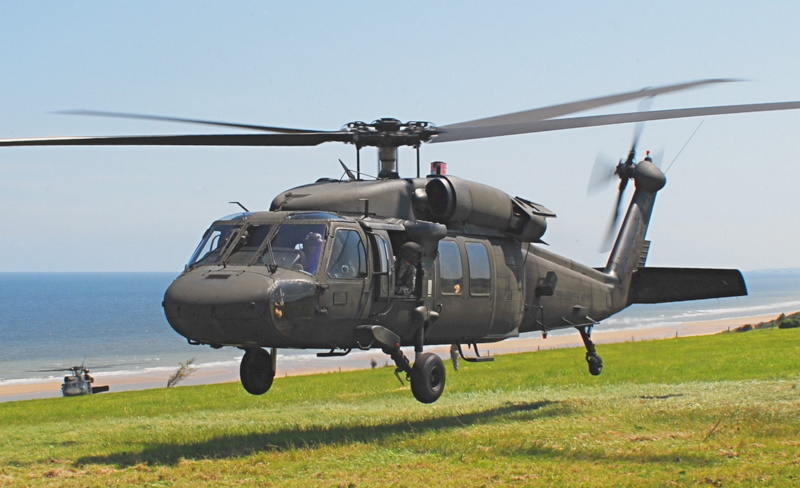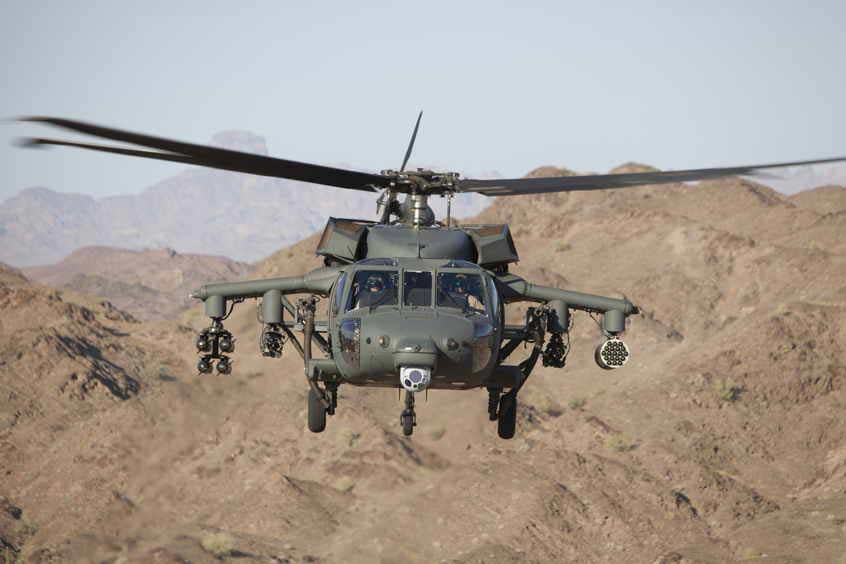Why the Sikorsky S 70 is the Preferred Option for Modern Helicopter Missions
Why the Sikorsky S 70 is the Preferred Option for Modern Helicopter Missions
Blog Article
High-Performance Multi-Role Rotorcraft Featuring Advanced Cockpit Technologies and Integrated Sensing Unit Systems
The realm of rotorcraft innovation has actually seen notable improvements in current times, especially in the world of high-performance multi-role rotorcraft outfitted with advanced cabin technologies and seamlessly incorporated sensor systems. These developments have not only enhanced the functional abilities of rotorcraft but have actually likewise dramatically affected modern aeronautics operations on various fronts. From improved objective versatility to boosted operational performance, the convergence of advanced cabin modern technologies and incorporated sensor systems has actually introduced a new period of opportunities for rotorcraft applications. In the adhering to discussion, we will check out the development of rotorcraft technology, explore the realm of advanced cockpit developments, and examine the ramifications of incorporated sensing unit systems on the operational flexibility and performance of modern-day rotorcraft.
Evolution of Rotorcraft Technology
The evolution of rotorcraft innovation has actually been noted by significant innovations in aerodynamics, materials, and propulsion systems, shaping the capacities and performance of contemporary rotorcraft. Additionally, innovations in propulsion systems, consisting of extra powerful engines and ingenious propulsion modern technologies, have actually allowed rotorcraft to attain greater elevations, faster rates, and higher hauls.
These innovations have not only changed the abilities of rotorcraft but have also broadened their applications throughout numerous industries, consisting of army, commercial, and emergency situation services. The continual evolution of rotorcraft innovation continues to drive development in the field, pressing the limits of what is possible and forming the future of vertical flight.
Advanced Cabin Innovations
Structure upon the foundational advancements in aerodynamics, products, and propulsion systems, the realm of rotorcraft modern technology now moves emphasis in the direction of pioneering Advanced Cockpit Innovations. The combination of innovative modern technologies within the cockpit environment plays an essential function in improving the functional capacities, safety, and performance of contemporary rotorcraft. sikorsky s 70. Advanced Cockpit Innovations include a wide array of features designed to give pilots with improved situational awareness, streamlined information administration, and intuitive control user interfaces
One of the key advancements in cabin layout is the execution of glass cockpits, which change typical analog evaluates with high-resolution displays. These digital systems supply customizable designs, real-time information combination, and boosted readability, allowing pilots to accessibility vital details at a glimpse. In addition, progressed avionics systems, such as fly-by-wire controls and augmented reality displays, are changing exactly how pilots connect with the airplane, permitting accurate control and enhanced decision-making abilities.


Integrating advanced cabin technologies not only boosts pilot performance however additionally adds to total goal effectiveness and safety and security in complicated functional atmospheres. By leveraging state-of-the-art technologies within the cabin, rotorcraft suppliers are setting new standards for functional quality and objective success.
Integrated Sensing Unit Systems
With the development of rotorcraft technology, the integration of innovative Integrated Sensing unit Solution has actually come to be critical in enhancing functional effectiveness and safety and security. These Integrated Sensor Equipments incorporate a large selection of innovations that supply critical data for different features such as navigation, security, targeting, and ecological tracking. By seamlessly incorporating sensors like radars, electronic cameras, lidar, and infrared systems right into rotorcraft, operators can gain from boosted situational awareness, improved goal capabilities, and minimized pilot work.
One secret benefit of Integrated Sensor Equipments is their capacity to collect real-time information and offer workable insights to pilots and objective drivers. For instance, progressed radar systems can identify and track targets over long distances, enabling early threat detection and effective response preparation. Furthermore, integrating electro-optical and infrared video cameras makes it possible for rotorcraft to perform reconnaissance and surveillance missions with accuracy and precision.
Basically, the integration of cutting-edge sensor technologies into rotorcraft not only boosts functional efficiency yet also adds dramatically to general mission success and team safety. As rotorcraft proceed to develop, the role of Integrated Sensing unit Solution will definitely continue to be at the forefront of innovation in the aerospace sector.
Functional Flexibility and Performance
Enhancing functional convenience and efficiency in rotorcraft is a natural progression from the assimilation of sophisticated Integrated Sensing unit Equipments. By leveraging the information and understandings supplied by these innovative sensing unit systems, rotorcraft can optimize their performance across various objectives and atmospheres.
Functional adaptability includes the capacity of rotorcraft to adapt to various roles and circumstances effectively. With advanced cabin modern technologies and incorporated sensing unit systems, view publisher site rotorcraft can seamlessly transition in between tasks such as search and rescue, medical emptying, security, and more. This versatility improves the rotorcraft's capability to meet varied functional requirements without calling for considerable reconfiguration.
Efficiency in rotorcraft operations is critical for taking full advantage of objective performance and source application. Integrated sensor systems play a crucial role in enhancing functional performance by providing real-time data on climate condition, surface mapping, target tracking, and much more. This information allows pilots to make enlightened choices swiftly, optimize flight paths, save gas, and boost general goal efficiency.
Effect On Modern Air Travel Procedures

Additionally, the integration of innovative sensing units promotes improved mission preparation and implementation, making it possible for rotorcraft to carry out a wide array of jobs with improved accuracy. From search and rescue operations to airborne firefighting and police goals, the abilities of modern rotorcraft outfitted with innovative cockpit innovations and incorporated sensor systems are unequaled.
Moreover, the impact of these developments extends beyond operational performance to cost-effectiveness and sustainability. By maximizing trip paths, fuel consumption, and upkeep timetables, high-performance rotorcraft outfitted with advanced cockpit modern technologies and sensors add to minimizing functional prices and environmental influence, making them crucial properties in contemporary aviation procedures.
Verdict
To conclude, the high-performance multi-role rotorcraft with advanced cockpit innovations and integrated sensor systems represents a significant development in air travel technology. These innovations improve functional adaptability and effectiveness, inevitably impacting modern-day aviation operations in a favorable means. The combination of these sophisticated modern technologies enables improved abilities and efficiency in numerous objective situations, showcasing the proceeded innovation of rotorcraft modern technology in the air travel industry.
The world of rotorcraft modern technology has actually seen remarkable improvements in current times, specifically in the realm of high-performance multi-role rotorcraft equipped with innovative cabin modern technologies and seamlessly incorporated sensing unit systems. From enhanced objective flexibility to enhanced operational efficiency, the convergence of innovative cabin modern technologies and incorporated sensing unit systems has ushered in a new age of possibilities for rotorcraft applications. In the complying with conversation, we will discover the advancement of rotorcraft modern technology, dive into the realm of innovative cockpit innovations, and examine the implications of integrated sensing unit systems on the functional adaptability and performance of modern-day rotorcraft.

Report this page